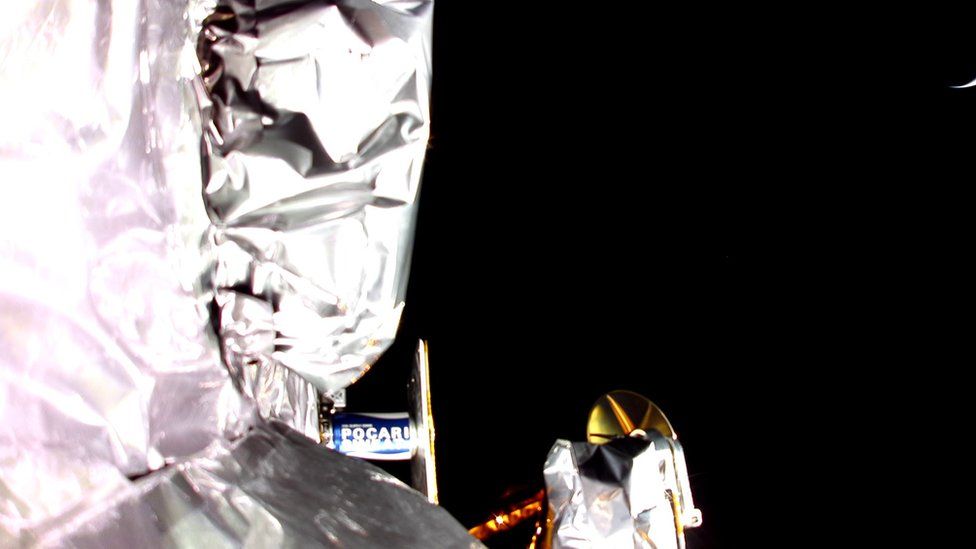-

-
-
Loading

Loading

Astrobotic, a US company that had embarked on a mission to land on the Moon, is now bringing its mission to a destructive end. The company announced that its Peregrine spacecraft will be directed to re-enter the Earth's atmosphere and burn up. The decision came after the lander experienced a major propellant leak shortly after its launch from Florida on its Vulcan rocket last week. Although engineers were able to stabilize the situation, the loss of oxidizer made it impossible to attempt a safe landing on the lunar surface. To avoid posing a collision hazard in space, Astrobotic has chosen to dispose of the craft instead of letting it wander aimlessly. While the company has not specified the exact location and time of the re-entry, independent analysis suggests that it will occur over the Pacific Ocean, east of Australia. Astrobotic's original goal was to deliver five instruments from the US space agency, NASA, to the Moon's surface to study the local environment before astronauts return later this decade. If successful, the Peregrine craft would have been the first American mission to land on the Moon in 50 years and the first-ever private venture to achieve this feat. However, only government agencies from the US, the Soviet Union, China, and India have managed controlled lunar landings so far. Despite the setback, Astrobotic takes solace in their achievements under difficult circumstances. Engineers were able to diagnose and address the issue with Peregrine, prolonging the life of the lander beyond initial expectations. The fault was traced to leaking propellant from a ruptured oxidizer tank, which caused the craft to turn and prevented its solar panels from staying constantly oriented towards the Sun, essential for maintaining power. The Astrobotic team managed to restore stable pointing by working the thrusters on Peregrine but this further depleted the limited oxidizer supply. Though the lander did not reach the lunar surface, the payloads onboard were successfully activated, proving their reliability in space. Some instruments even collected data on the radiation environment between Earth and the Moon. Notably, the Peregrine Ion Trap Mass Spectrometer (PITMS), a Nasa instrument with sensor and electronics developed in the UK, performed well during check-out tests. This technology may have the opportunity to fly again on future lunar missions. Astrobotic is the first of three US companies participating in a new private-public partnership with NASA to send a lander to the Moon this year. Alongside Intuitive Machines and Firefly, the trio had planned six missions to the lunar surface by 2024. Astrobotic will have another chance later this year when it attempts to land the Nasa rover Viper, while Intuitive Machines is expected to launch its Nova-C craft next month, targeted at the lunar south pole. Prior to these missions, the Japanese space agency will make an attempt to land near the near-equatorial impact crater called Shioli, scheduled for Friday.